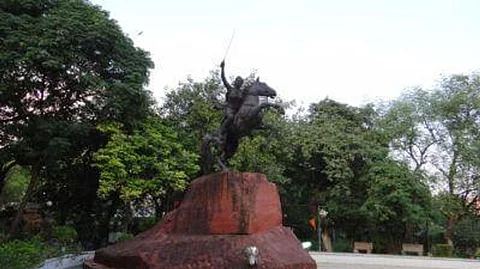Over the years, several battles took place, led by heroes- irrespective of their gender, has changed the shape of India's history. One such hero was Jhansi of Rani, who was brave and ferocious in every sense of the term. Born to a Maratha family in Varanasi, Rani Laxmi Bai was one of the most leading personalities of the first war of India's independence, which started in 1857. This year, 2017 marked her 159th death anniversary on June 18. Very few women marked their name in History of India's struggle of independence and Rani of Jhansi, was one of them.


